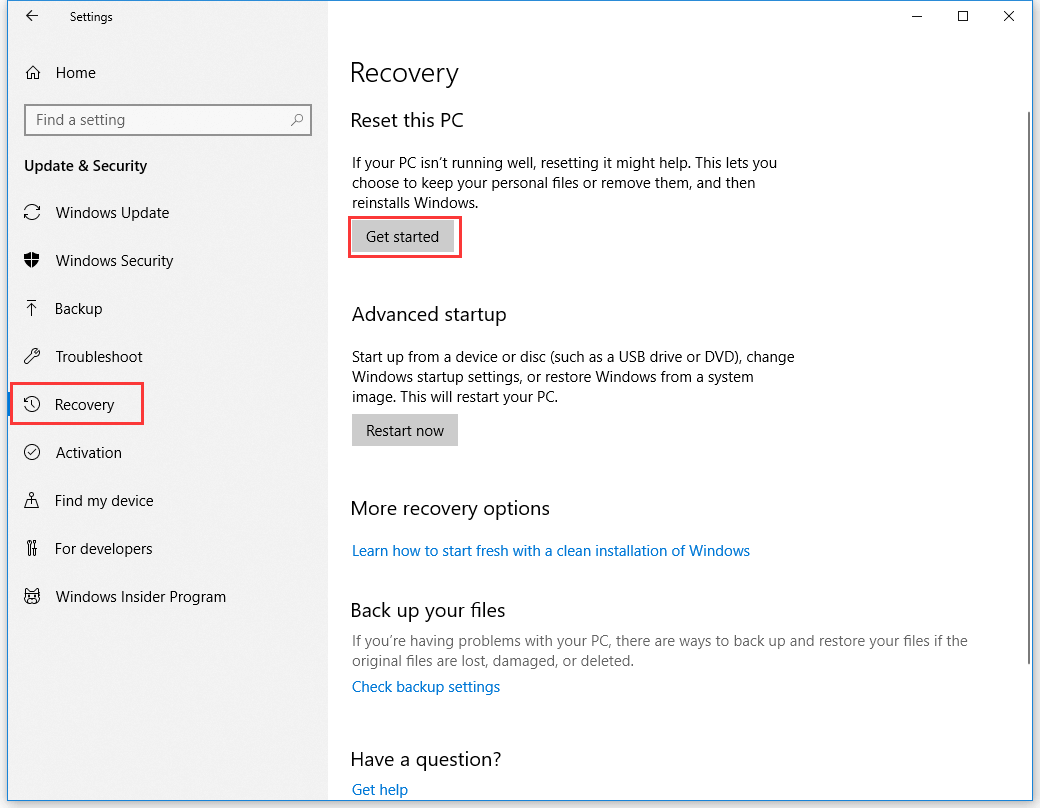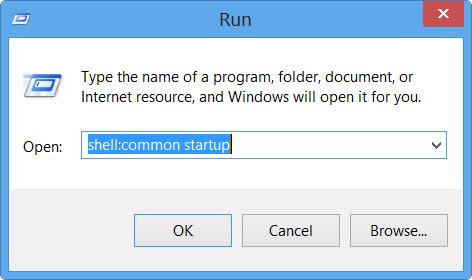

If you want to remove the program shortcut completely from the list, all you need to do is open the Startup folder again by repeating Step #1 in the guide and delete the app, file, folder, or website from the Startup folder. From there, you will see a list of apps enabled (or disabled) to launch automatically any time you sign in to your Microsoft account. If you want to verify that the item you chose is successfully in the Startup folder, you can open the Task Manager by pressing Ctrl + Shift + Esc keyboard shortcut and go to the Startup tab.

Windows 10 startup folder windows#
It contains a list of programs that run automatically when you power on your Windows PC.
Windows 10 startup folder windows 10#
All you need to do is create a shortcut for the item in the Startup folder on your Windows 10 PC. We first saw the startup folder with Windows 95. That’s it, you’re finished! Keep in mind that you are not limited to just apps to open at startup you can also drag and drop files, folders, and even websites to start automatically too.


 0 kommentar(er)
0 kommentar(er)
